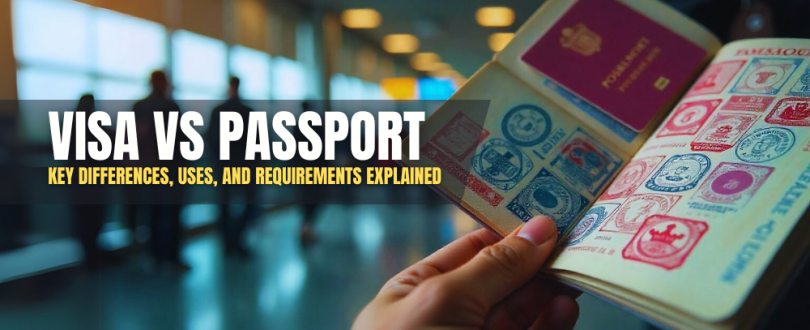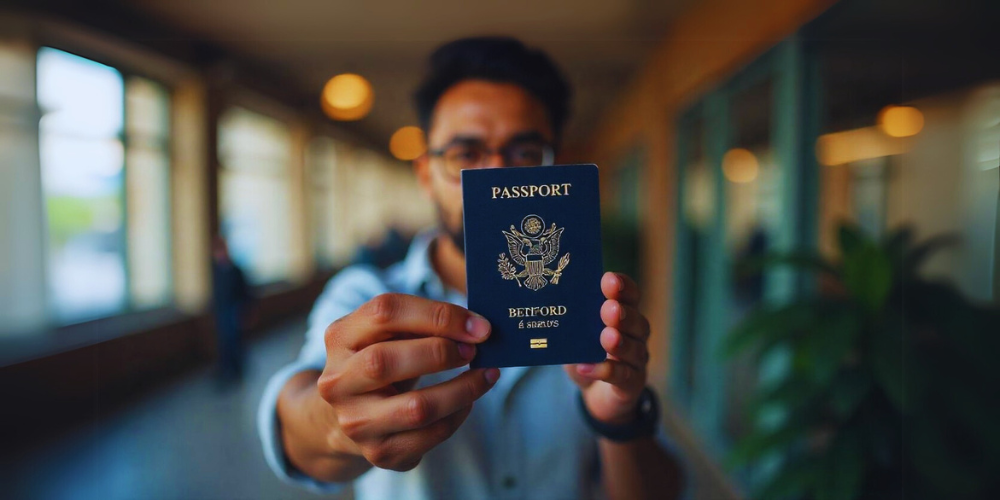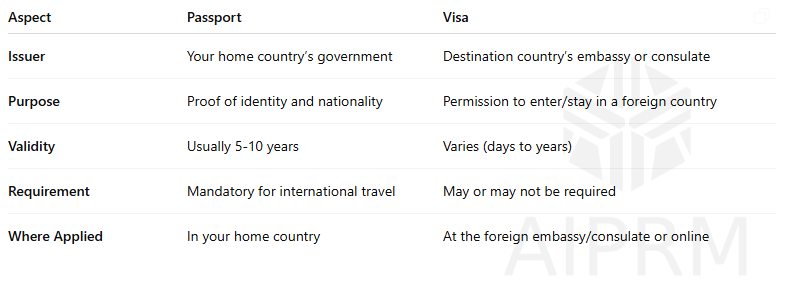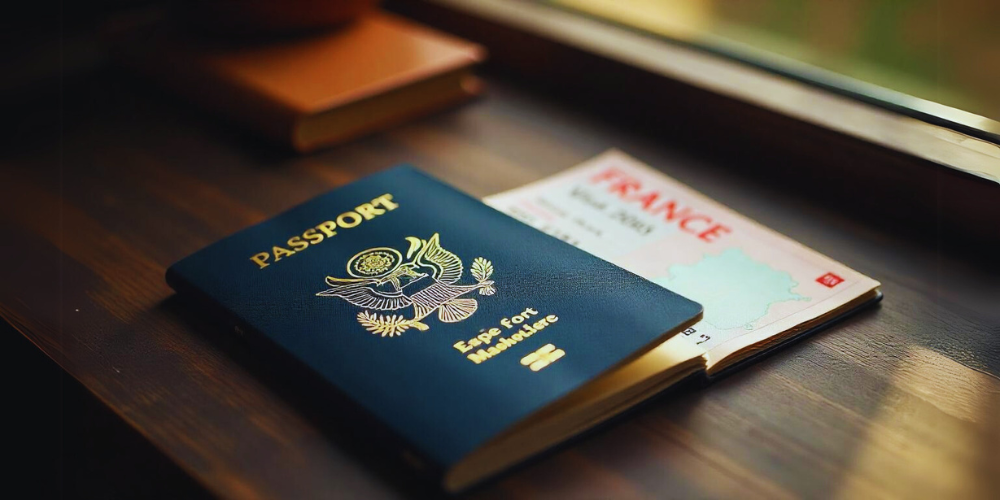
International travel is an exciting journey filled with discovery, culture, and adventure. However, before taking off, travelers must navigate the world of travel documentation, particularly passports and visas. Though often mentioned together, these two serve very different purposes. Understanding the visa vs passport distinction is crucial for a smooth and legal entry into a foreign country.
Whether you’re planning a vacation, studying abroad, or relocating for work, this guide breaks down the differences and answers the most common questions about these critical documents.
What is a Passport?
Definition and Purpose
A passport is a government-issued identification document that verifies the identity and nationality of its holder. It allows citizens to travel internationally and serves as the primary form of ID when crossing borders.
Who Issues a Passport?
Passports are issued by national governments, typically through a department of state, immigration office, or ministry of foreign affairs. For example, U.S. citizens apply for passports through the U.S. Department of State.
Types of Passports Around the World
Regular Passports: For ordinary citizens.
Diplomatic Passports: For diplomats and government officials.
Official/Service Passports: For people traveling on official government business.
Emergency Passports: Issued for urgent travel needs, usually temporary.

What is a Visa?
Definition and Function of a Visa
A visa is an official endorsement or stamp placed within a passport that grants permission to enter, stay in, or leave a specific country for a specific purpose and duration.
Different Types of Visas
Tourist Visas: For vacation and leisure.
Work Visas: For employment in a foreign country.
Student Visas: For educational purposes.
Transit Visas: For passing through a country en route to another.
Immigrant Visas: For those planning permanent relocation.
Who Needs a Visa and Why?
Not every traveler needs a visa. Requirements depend on:
– Your nationality
– The destination country
– The purpose and duration of your visit
Many countries have visa exemption agreements, while others require travelers to apply for a visa in advance or obtain one upon arrival.
Visa vs Passport: Side-by-Side Comparison

How to Apply for a Passport
Documents Required
– Proof of citizenship (birth certificate, previous passport)
– Government-issued ID
– Passport photos
– Completed application form
Steps in the Application Process
1. Fill out the application form online or by hand.
2. Submit documents and fees at a passport acceptance facility.
3. Attend an in-person interview (in some countries).
4. Wait for processing and receive your passport by mail.
Cost and Processing Time
– Cost: Typically between $100–$200 USD
– Processing Time: 4–12 weeks, with expedited options available
How to Apply for a Visa
Visa Requirements by Country
Each country has its own visa requirements. Check the official immigration website of your destination for specifics.
Application Procedures
1. Complete the visa application form.
2. Submit necessary documents (passport, photos, travel itinerary, financial proof).
3. Pay the visa fee.
4. Attend an interview if required.
Fees and Processing Time
Fees: Range from $20 to over $500, depending on visa type and country.
Processing Time: From 1 day to several months

Common Misconceptions: Visa vs Passport
Do You Need Both for Travel?
Yes. You generally need a passport to travel internationally, and a visa may be required depending on the country you’re visiting and your nationality.
Can a Visa Replace a Passport?
No. A visa is not a standalone travel document. It only works in conjunction with a valid passport.
Special Cases and Exceptions
Visa-Free Travel Agreements
Some countries have reciprocal visa-free agreements, allowing citizens to travel freely between them. For example:
– EU Schengen Area
– U.S. and Canada (certain visits)
– ASEAN countries
Dual Citizenship and Travel Documents
Travelers with dual citizenship may have multiple passports. They must use the appropriate passport when entering or exiting each country and may require a visa depending on the passport used.
Tips for First-Time International Travelers
Checklist Before Traveling
– Confirm visa requirements
– Check passport validity (must be valid for at least 6 months)
– Keep digital and physical copies of documents
– Know local laws and customs
Keeping Your Documents Safe
– Use a travel document organizer
– Keep copies in cloud storage
– Don’t carry original documents when not needed
FAQs About Visa vs Passport
1. What’s the main difference between a visa and a passport?
A passport is an ID for international travel; a visa is permission to enter a specific country.
2. Can I travel with only a visa?
No. You must have a valid passport along with the visa.
3. How long does it take to get a visa?
It varies—some are instant, others take weeks or months depending on the country and visa type.
4. Do all countries require a visa for entry?
No. Some countries allow visa-free travel for certain nationalities.
5. Is a passport needed for domestic travel?
Not usually. For domestic travel, a national ID is sufficient, but rules vary by country.
6. Can I extend my visa while abroad?
Often, yes—but you must apply before your visa expires and follow the host country’s rules.
Conclusion: Knowing the Difference Makes All the Difference
Understanding the visa vs passport distinction is essential for any international traveler. While a passport proves your identity and nationality, a visa grants permission to enter another country. Both are critical to legal, hassle-free travel.
As global mobility grows, being informed about these documents ensures smoother journeys, fewer surprises, and greater peace of mind. So whether you’re jetting off for work or leisure, make sure your travel papers are in order—passport in hand, visa ready if needed.

